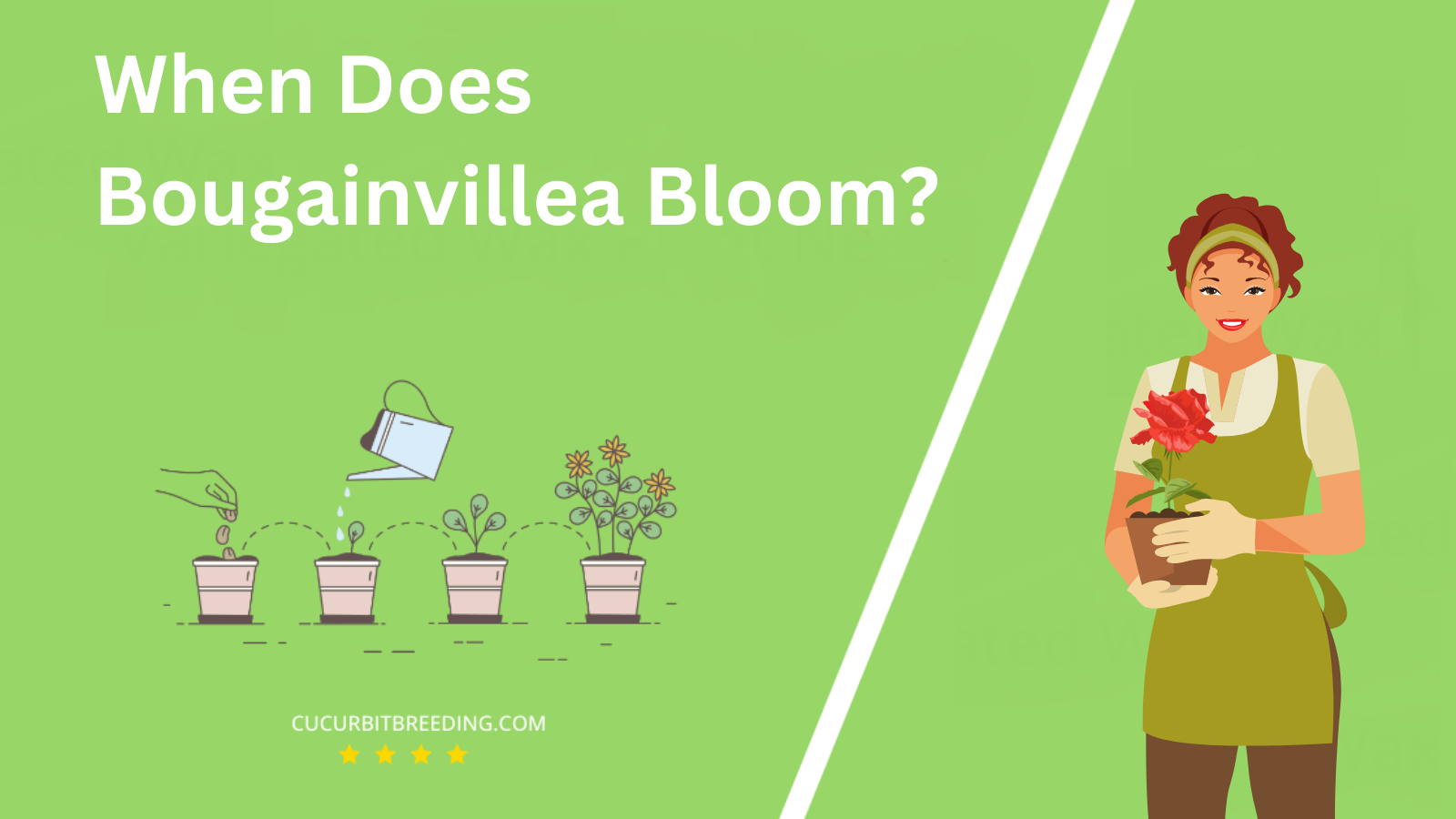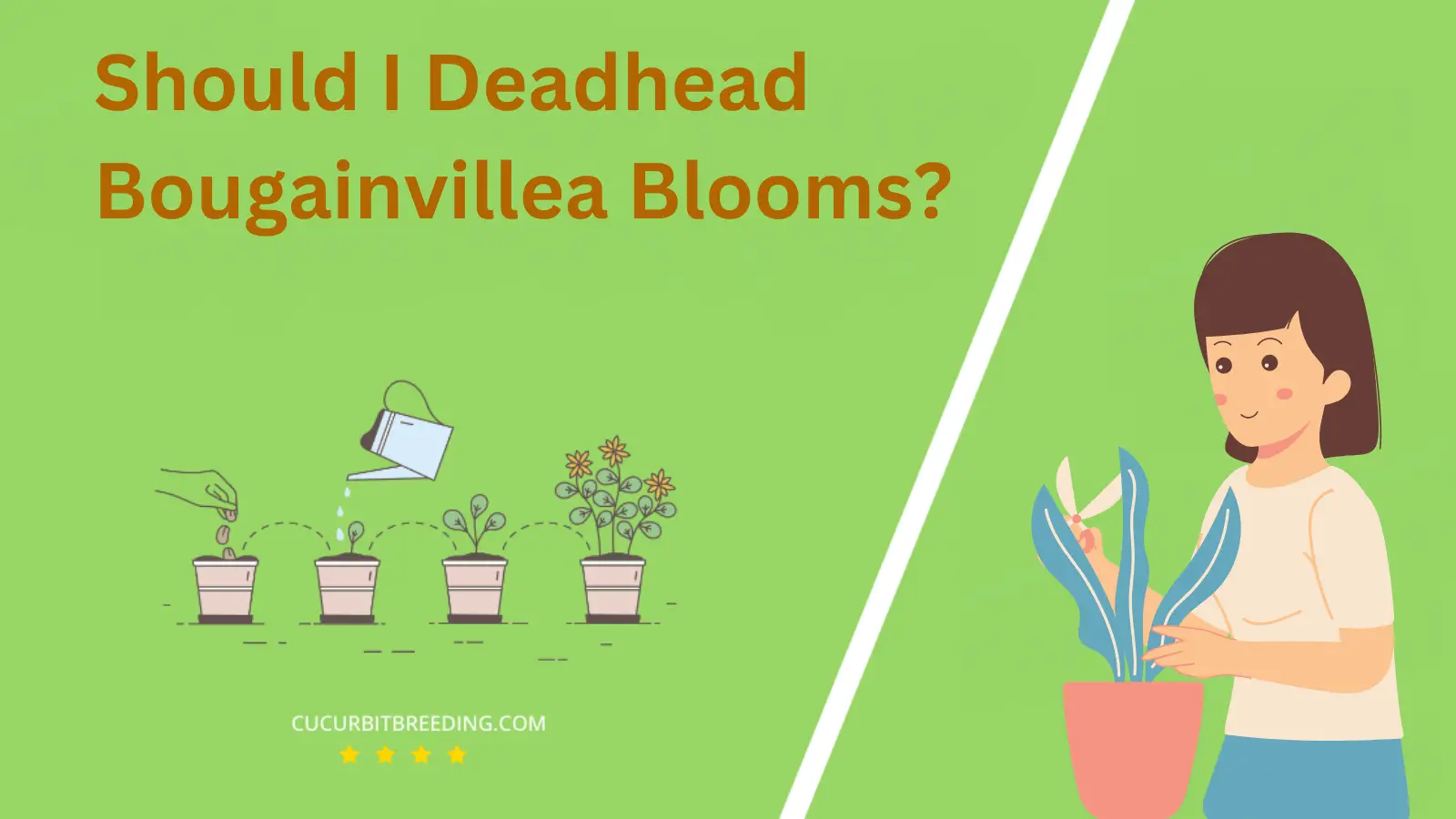
Ever marvelled at the vibrant beauty of a bougainvillea in full bloom and wondered, “When does bougainvillea bloom?” This introduction will give you an intriguing peek into the world of this enchanting climber. Known for its brilliant colors and hearty nature, the timing of its blooming period is key to its allure.
Join us as we unravel the mysteries surrounding the blooming cycle of the bougainvillea, and discover the secrets to keeping it radiant all year round.
When Does Bougainvillea Bloom?
Bougainvillea typically blooms from spring through fall. However, this can vary depending on the local climate and specific growing conditions. In warmer tropical environments, Bougainvillea may bloom almost all year round.
| Stage | Description |
|---|---|
| Germination | Spring to early summer (March to June) |
| Growth | Spring and summer (March – September) |
| Blooming | Spring to summer (March to September) |
| Dormancy | Winter (December – February) |
How Long Do Bougainvillea Bloom?
Bougainvillea plants typically bloom for a period of approximately 3 to 5 weeks. However, with ideal conditions of bright light and proper watering, these plants can exhibit blooming cycles repeatedly throughout the warmer months. In regions with mild winters, Bougainvillea can potentially bloom all year round.
How Light Affects Bougainvillea Blooms?
Light significantly affects the blooming of bougainvillea. Bougainvillea plants require a minimum of 5 hours of sunlight every day to bloom effectively. They thrive best in full sunlight and warm temperatures. If the plant is not receiving enough sunlight, it may not produce blooms. Instead, it will focus its energy on growing leaves. Conversely, too much direct sunlight can burn the flowers and leaves, causing them to become discolored. Therefore, it’s crucial to strike the right balance of light for optimal bougainvillea blooming.
Will Bougainvillea Bloom in the First Year You Plant It?
Bougainvillea may not bloom in the first year you plant it. The plant often focuses on establishing a strong root system in the first year. However, with the proper care – adequate sunlight, proper watering, and correct fertilizer – some varieties may produce a few blooms in their first year.
Will Bougainvillea Bloom Every Year?
Yes, Bougainvillea will bloom every year. These vibrant, colorful plants typically bloom several times per year, particularly in periods of active growth. However, the frequency of blooming can be influenced by factors such as the plant’s environment, care, and overall health. In optimal conditions, Bougainvillea can bloom for up to 9 months out of the year.

Should I Deadhead Bougainvillea Blooms?
Yes, you should deadhead Bougainvillea blooms. Deadheading, or removing spent flowers, encourages the plant to produce more blooms. It helps redirect the plant’s energy from seed production to new growth. Deadheading also keeps your Bougainvillea looking neat and tidy by removing the faded blooms. However, always be gentle while deadheading as Bougainvillea has delicate stems.
Top Reasons a Mature Bougainvillea May Stop Flowering

There are several reasons why a mature Bougainvillea may stop flowering. Insufficient sunlight is a common cause, as Bougainvilleas require at least 6 hours of direct sunlight each day to bloom. Improper watering can also cause a Bougainvillea to stop flowering. These plants are drought-tolerant and can suffer from root rot if overwatered.
Another potential issue is improper pruning. Bougainvilleas bloom on new growth, so excessive or incorrect pruning can reduce flowering. Additionally, inadequate fertilization may be the problem. Bougainvilleas require regular feeding with a high-potassium fertilizer to support their blooming process. Finally, temperature and environmental stress can affect flowering. Bougainvilleas are tropical plants and may struggle to bloom in cooler temperatures or when exposed to drafts, sudden temperature changes or poor soil conditions.